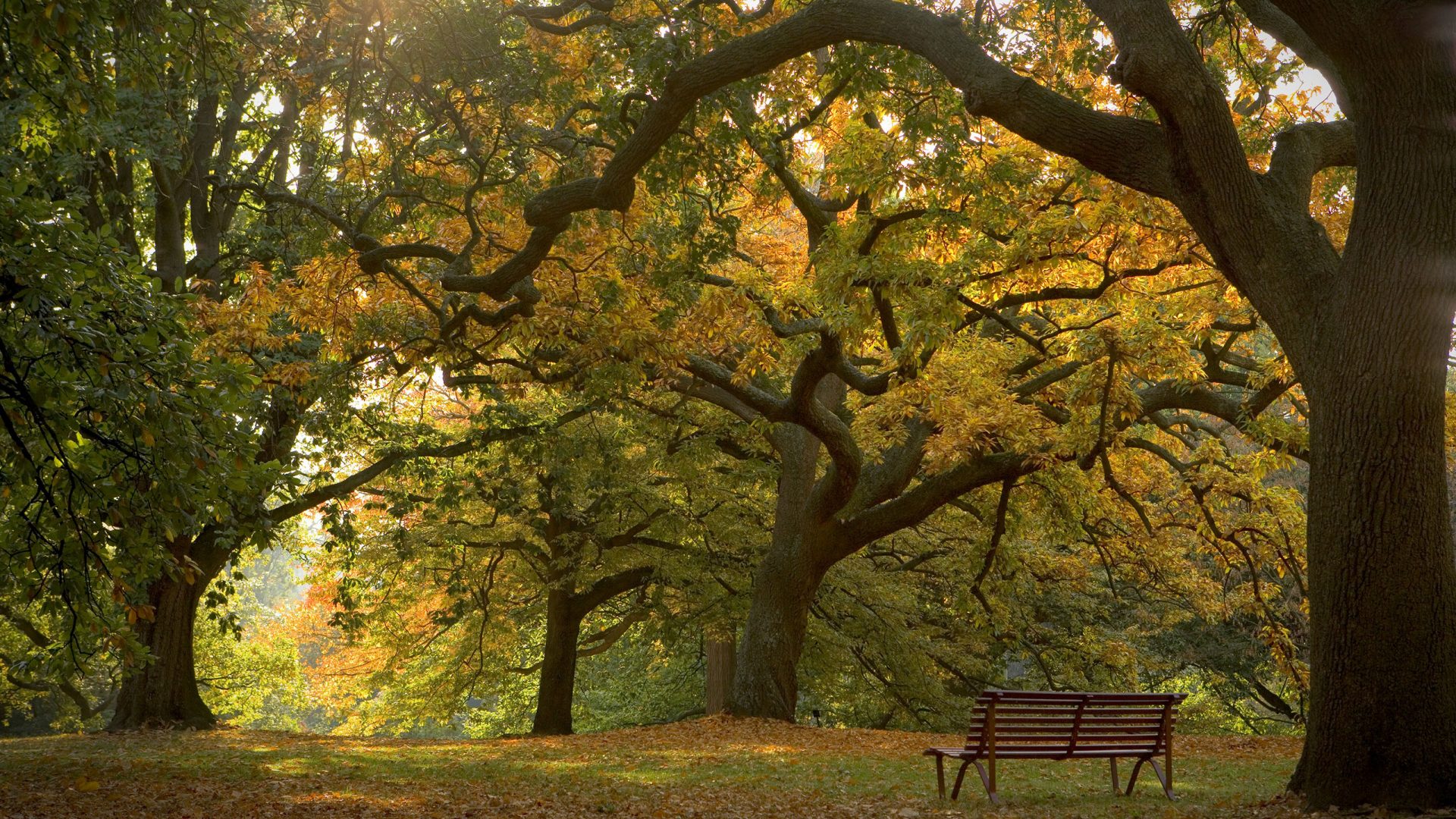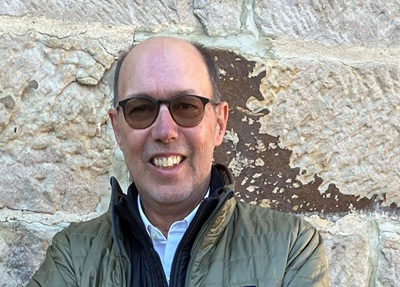Interview Recording
Interview Transcript
Jerry de Gryse interviewed on 26 April 2024 by Jean Elder
Synopsis
The interview with America-born landscape architect Jerry de Gryse is a considered reflection on his professional journey and the personal values that inform his work. Raised in Detroit, Michigan, Jerry lived in a street lined with American elms and where everybody had a tidy front lawn. He began mowing lawns at a young age to earn money. He pursued formal education gaining a Bachelor of Science, Natural Resources from the University of Michigan and later a Bachelor of Landscape Architecture from the University of Minnesota.
His time in Minnesota was formative, marked by close friendships and a love for the outdoor lifestyle. He considered further academic training at institutions such as Harvard or in England, but ultimately took a job at the University of Melbourne where he was a key figure in organising the first Students of Landscape Architecture conference The Edge in 1983. This conference helped redefine the profession beyond an ornamental gardening focus.
Jerry’s work as a landscape architect over 40 years has been profoundly influenced by environmental awareness, particularly after his involvement in the Franklin River blockade in Tasmania. His career expanded with a position at Scott and Furphy engineers, working on projects in Tasmania for the Housing Commission and Department of Construction. He also became a champion of public art, collaborating with people including Susan Clifford, founder of Common Ground, to explore the intersection of art and nature.
In 1998 he established a business Inspiring Place in Hobart with John Hepper. Significant milestones in Jerry’s career include creating the award-winning land management plans for Waverley Flora Park, the contentious Mt Wellington Mountain Park Management Plan and the City of Hobart Street Tree Master Plan. He seeks to consistently integrate principles of deep ecology and sustainability into his work, as demonstrated in projects such as Saffire resort at Freycinet, Tasmania.
Other projects, such as the Cape Barren Island community hub, showcased Jerry’s commitment to working with local communities and utilising locally sourced materials in the design. His professional ethos is grounded in the desire to maintain an ecological and cultural balance, and his practice continues to evolve in response to emerging technologies such as AI and the need to reconsider issues such as plantings that are relevant to this changing environment.


